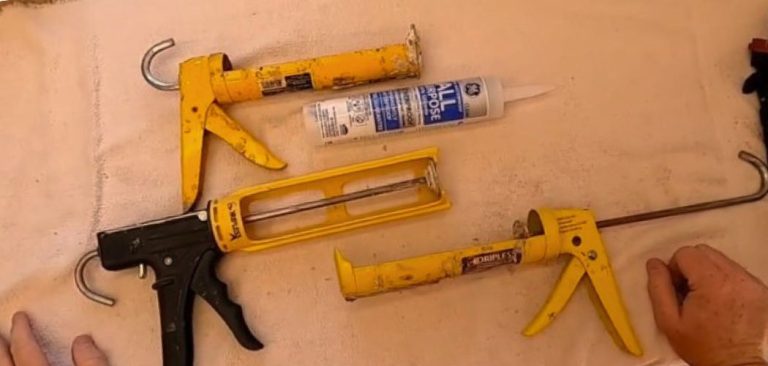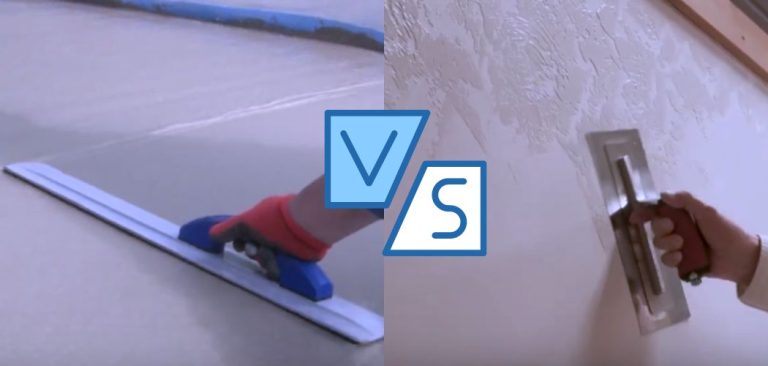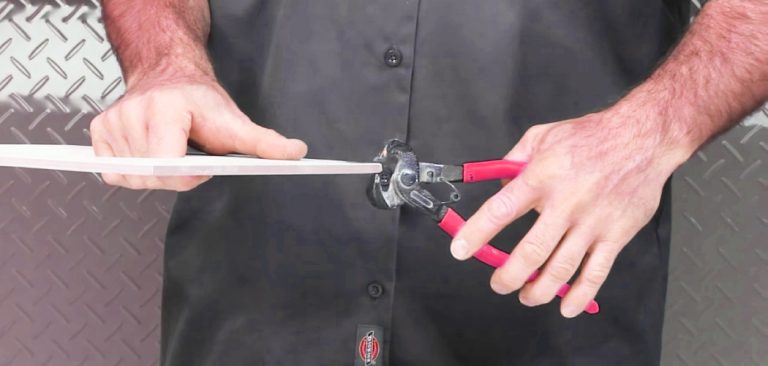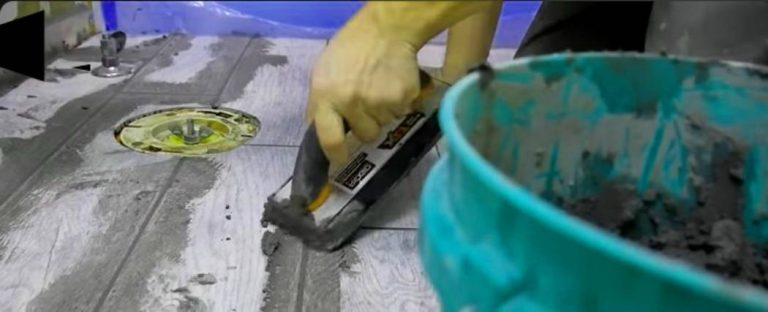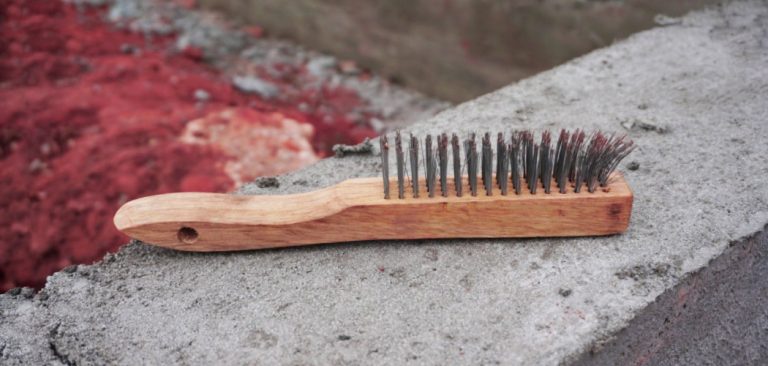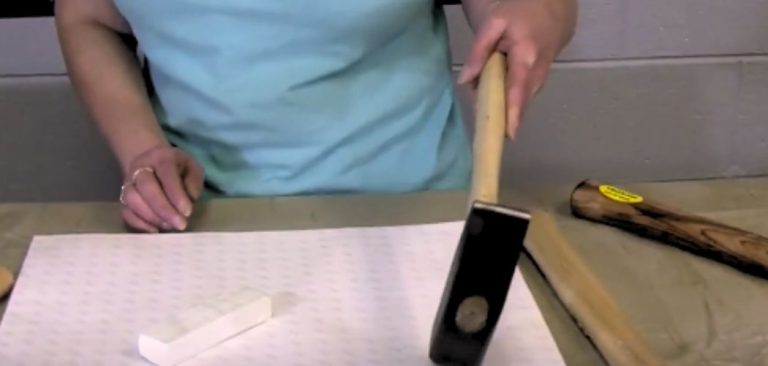How to Sharpen Lathe Tools Without a Grinder
Unlock the secrets of sharpening lathe tools without a grinder! As a seasoned machinist, I’ve navigated the challenge of maintaining razor-sharp precision using unconventional methods. Dive into this guide to discover step-by-step techniques with Waterstones, oil, and diamond sharpening stones.
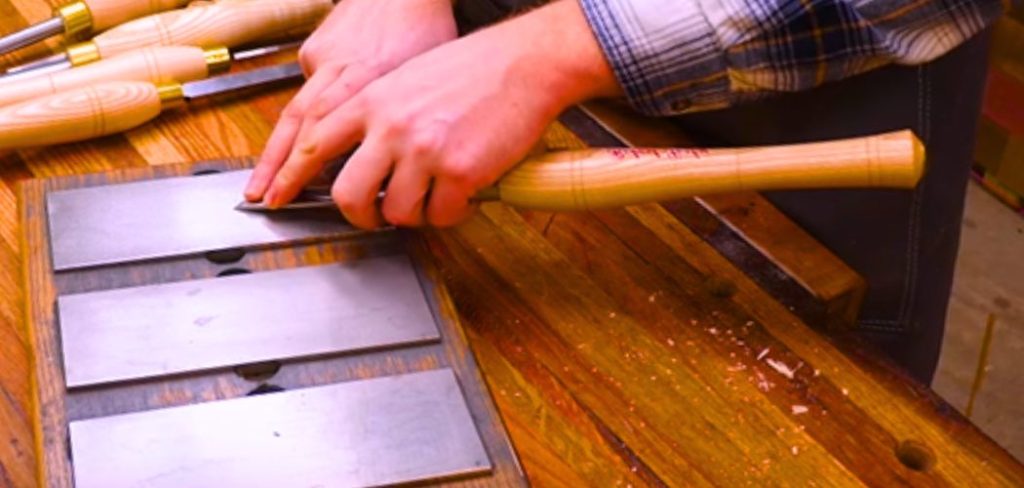
But that’s not all – explore alternative methods like diamond hones, grinding jigs, and honing guides, showcasing the ingenious ways machinists keep their tools cutting-edge without a traditional grinder. Sharpen your skills and your lathe tools with this must-read guide!
How to Sharpen Lathe Tools Without a Grinder: Step-by-step Guide
As an experienced machinist, I understand the importance of keeping my lathe tools sharp for optimal performance. There have been times when I couldn’t access a grinder, but that didn’t stop me from getting the job done. Here’s how I sharpen lathe tools without a hero:
Whetstones or Oil Stones
Sharpening lathe tools without a grinder can be difficult, but better options exist. I am a lathe mechanic who used an alternative method to sharpen lathe tools other than a grinder. Let’s discuss some alternative ways below; I hope you will benefit a lot:
Whetstones or Oil Stones
- Waterstone or oilstone.
- A small container filled with water.
- Workbench or table.
Step 1: Assess Your Equipment
Before diving into the sharpening process, carefully inspect your lathe tools for any significant damage, especially signs of breakage. If you discover substantial problems, it may be wise to explore professional repair options or consider investing in new equipment.
Step 2: Set Up Your Workspace
Create a favorable environment for sharpening by placing your waterstone or oil stone on a flat, stable surface, such as a workbench. For water stones, use water from your container to make sure they are sufficiently soaked with water. Oil stones can be cleaned of any accumulated dirt with water.
Step 3: Begin the Sharpening Journey
With your workspace ready, grip the tool firmly, strategically placing your finger in front of the sharpening point. Begin the sharpening process by aligning the tool with the Waterstone, employing a controlled back-and-forth movement across the sharpening area.
employing a controlled back-and-forth movement across the sharpening area.
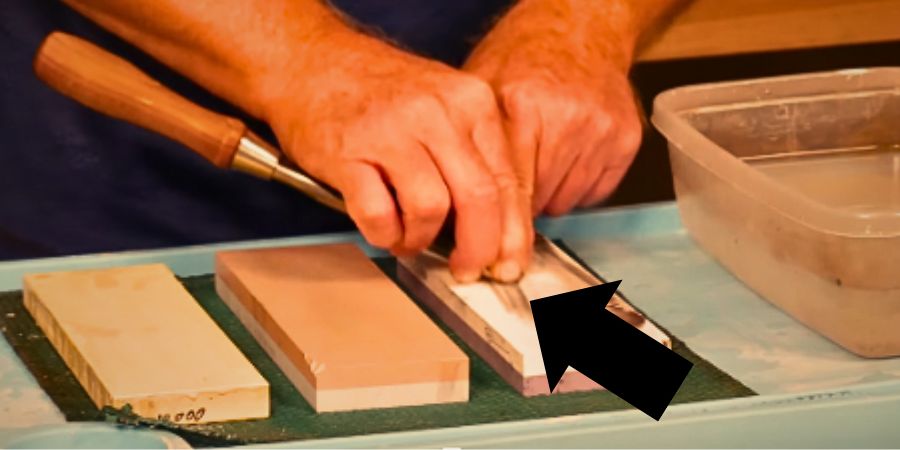
Maintain focus on achieving even sharpness, paying careful attention to the position of the tool on the waterstone.
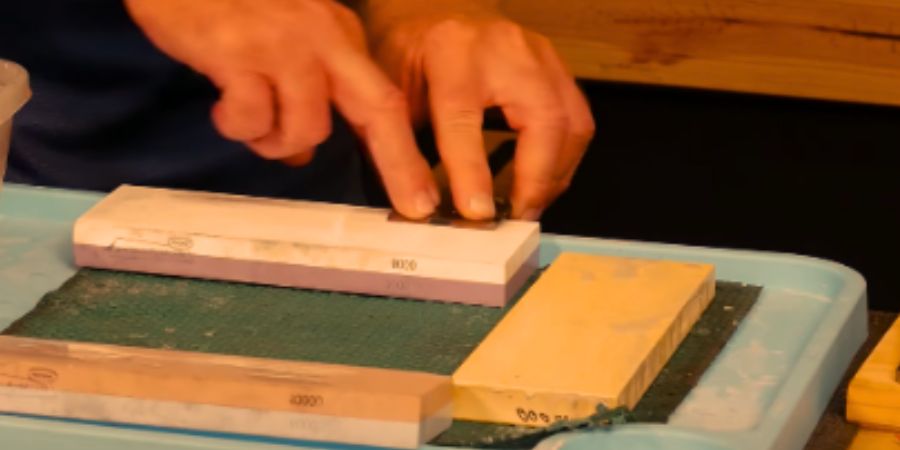
Step 4.check Sharpness:
Check that your tool is properly sharpened by wrapping a piece of cloth around your index finger and carefully and gently running your hand over the sharp part of your tool. If you don’t want to test this way, be aware of sharpening the tool for the job you want to do.
Remember, if there is major damage to the equipment, it is recommended to consider professional repair or replacement.
Use Diamond Sharpening Stones
I have sharpened my lathe tools using this method myself with a coarse diamond sharpening stone. Let’s talk about how you can sharpen your lathe tools using it
Test Your Tool
Check the tools you want to sharpen, and note that if they are not sharpened then consider refinishing them; my advice is to take them to a blacksmith near you; if the blade is too damaged, then you should buy a new one. You can think.
Set Coarse Diamond Sharpening Stone
You set this sharpening tool on a table or any flat surface. The diamond sharpening stone has a dinning of 325/600, so if you need to do fine sharpening, put the number 600 above, and if you want to sharpen something rough, then 325 or less.
.
Preparation of Coarse Diamond Sharpening Stone
If you want to sharpen your lathe tool properly, then choose 600 number. Many times, you can realize more than 600 numbers. Moisten it with a small amount of water and gently rub your tool over the entire area. You can use a spray bottle for watering so that the water spreads evenly.
.
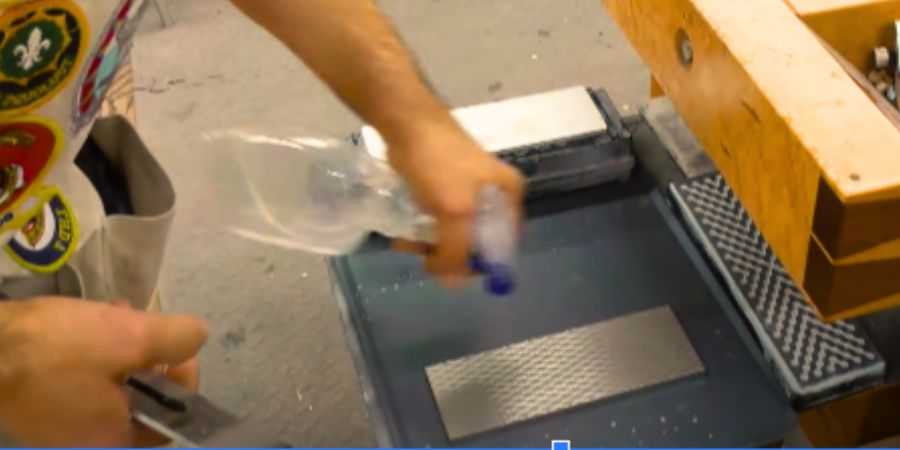

Start Sharpening
You take your tool on top of your diamond sharpening stone, place your awl on it and move back and forth and sharpen. For different tolls you have to maintain different ones.
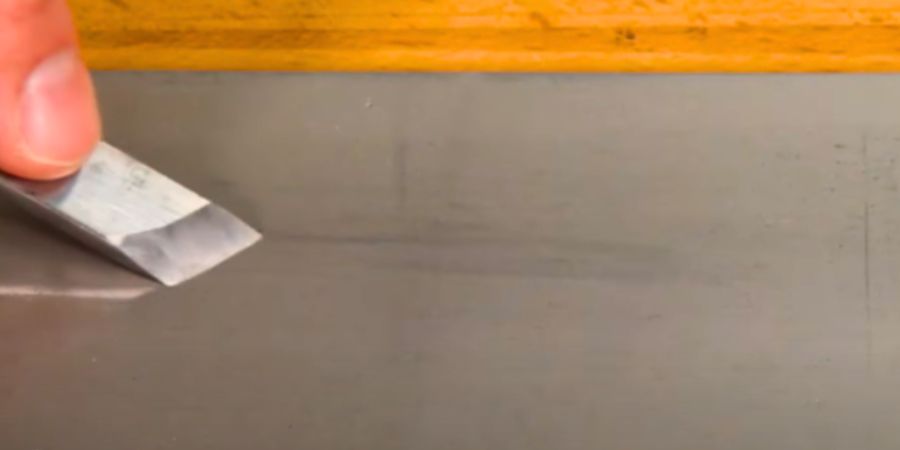

How to Clean Diamond Sharpening Stone and Store It?
After sharpening:
- Leave water on the diamond stone, apply a mild kitchen cleanser, and gently scrub with a soft brush.
- Rinse thoroughly, pat dry with tissue, and store in a cool, dry place.
- Use a case or box, if available, to prevent dust and moisture.
- Store separately from other tools.
Regular cleaning and proper storage maintain the diamond sharpening stone’s effectiveness and longevity.
What Are the Other Ways to Sharpen Lathe Tools Without a Grinder?
I am sharing with you different ways to sharpen lathe tools without a grinder. These methods have been passed down to me by experienced machinists and have proven quite effective.
Diamond Hones or Files
Another technique uses diamond hones or files. These tools have abrasive surfaces that can quickly remove material and shape the edge of the lathe tool. I recall a fellow machinist who would carefully work a tool’s bevel against diamond honey, carefully maintaining the desired angle.
The sound of diamonds meeting metal as he perfected the cutting edge filled the air.
Grinding Jigs
While it may not be a grinder, a grinding jig can be useful for sharpening lathe tools without a dedicated grinding machine. These jigs are designed to hold the tool at the correct angle and provide a reference point for consistent sharpening.
I’ve seen machinists make homemade jigs using simple materials like wood or scrap metal to sharpen their lathe tools properly.
Honing Guide
The honing guide is another option for lathe tool sharpening. These guides hold the tool securely and control the sharpening angle when using a whetstone or oil stone. I remember a machinist who relied on a respected guide to sharpen his lathe tools by hand.
He would carefully follow the guide’s instructions, ensuring each stroke of the stone contributed to a finely honed edge.
Each of these methods has its unique charm and effectiveness. While they cannot replace the convenience and precision of a grinder, they demonstrate the ingenuity and resourcefulness of the machinists who have sharpened lathe tools for generations.
These alternative methods saved the day when a hero wasn’t readily available, and they prove that with the right technique and a little patience, you can achieve sharp and reliable lathe tools without a grinding machine.
Conclusion
Drawing from personal experience, this article is a recount of the time when my father faced the challenge of sharpening his wooden tools without a grinder. I stepped in, utilizing the methods outlined in the guide, and the results were genuinely remarkable.
If you find this article beneficial, consider sharing it with your friends, offering them insights into alternative methods for keeping tools sharp when traditional grinders are unavailable.
Read also:-

